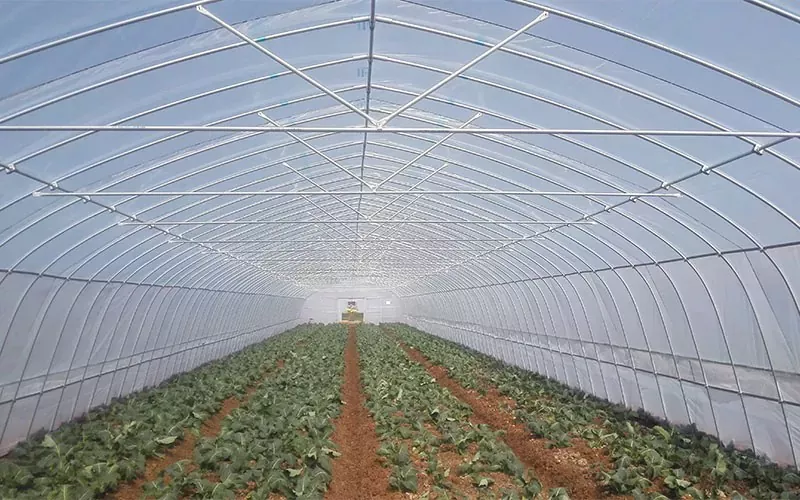How Do Greenhouses Retain Heat?
2025-07-31
Understanding the Science Behind Year-Round Growing
Greenhouses have long been a staple in agriculture and horticulture, allowing growers to cultivate plants beyond the limits of local climates and seasons. One of their most remarkable features is their ability to retain heat—even during cold weather. But how exactly does this happen?
Let’s explore the simple yet effective science that makes greenhouses work.

The Greenhouse Effect: A Natural Principle at Work
At the heart of every greenhouse is a principle known as the greenhouse effect. When sunlight passes through the transparent walls and roof—typically made of glass or clear plastic—it warms the air, soil, and plants inside. These warmed surfaces then emit infrared radiation (heat), but unlike visible sunlight, this heat doesn't escape as easily.
That’s because the greenhouse covering is transparent to visible light but partially opaque to infrared radiation. In other words, sunlight gets in easily, but the heat has a harder time getting out. The result? A naturally warmer environment that supports plant growth—even in winter.
Insulation and Structure: More Than Just Sunlight
While sunlight provides the initial warmth, the greenhouse’s structure plays a crucial role in trapping and holding onto that heat. Modern greenhouses are designed with materials that balance light transmission with insulation.
Double-walled panels or multi-layer polyethylene films are often used to reduce heat loss at night.
Thermal mass elements, such as water barrels or stone flooring, absorb heat during the day and release it slowly when temperatures drop.
Sealed construction prevents drafts and minimizes heat escape through gaps or ventilation systems.
This combination of design elements helps maintain a consistent internal temperature, creating an ideal microclimate for a wide variety of crops.
Controlled Ventilation: A Delicate Balance
Retaining heat is important, but so is preventing overheating. That’s where ventilation systems come in. Automated vents, fans, and shade cloths are used to regulate temperature and humidity levels without losing too much warmth.
This careful balance ensures that plants receive just the right conditions for healthy growth—whether it's a frosty January morning or a sweltering summer afternoon.
Why It Matters
Understanding how greenhouses retain heat isn’t just a matter of scientific curiosity—it has real-world implications for growers around the globe. By optimizing insulation, materials, and climate control systems, greenhouses can:
Extend growing seasons
Increase yield reliability
Reduce energy costs
Support sustainable, local food production
At Spring, we’re committed to advancing greenhouse technology to help growers thrive, no matter the climate. From high-efficiency glazing to integrated heating and ventilation systems, our solutions are designed to keep your crops—and your business—growing strong.


